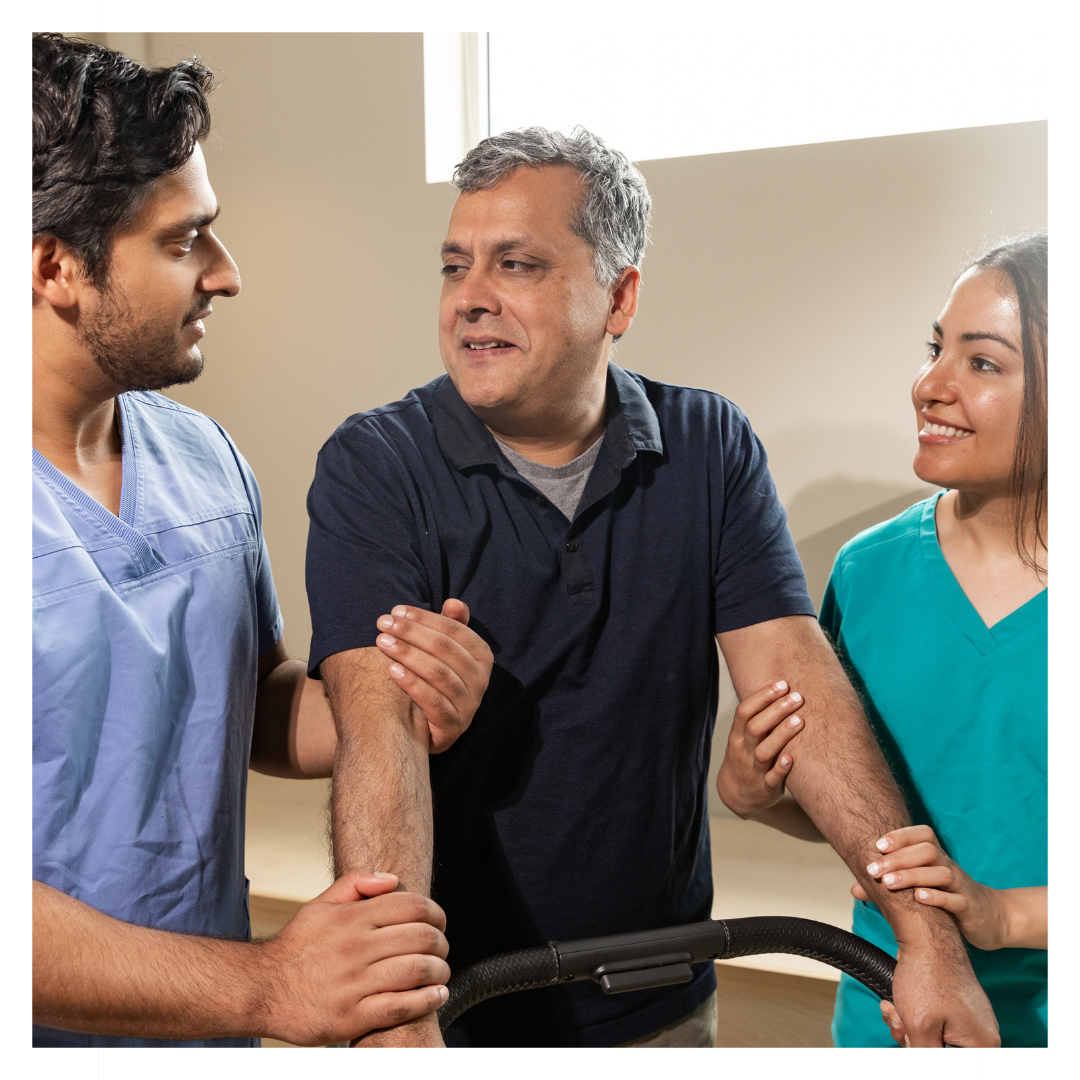
You weigh options not because one is easier, but because they offer different kinds of risk
A decision begins in discomfort. Pain, appearance, or something out of balance. You consider surgery. Then pause. It’s not fear—it’s calculation. You want relief, but not regret. Non-surgical routes appeal because they seem safer. But what’s easy isn’t always lasting. And what’s lasting isn’t always gentle. The question becomes not just what works, but what works for you.
You find out that surgery often offers faster, more permanent results—but with longer downtime
Surgical treatment reshapes. Removes. Repairs. It’s invasive for a reason—it goes deep. Recovery can take weeks. Sometimes months. Results are visible, often striking. But healing isn’t linear. There’s pain. There’s risk. Infection. Scarring. Anesthesia carries its own weight. You gain time in outcome—but lose time in recovery.
You hear that non-surgical treatments require more sessions, but less risk, and fewer scars
Fillers. Lasers. Injections. These build change gradually. They slip into life with fewer disruptions. Lunch-break fixes, they’re called. But repetition builds cost. And results fade. Maintenance becomes part of the package. You trade permanence for flexibility. Less trauma, more touch-ups.
You realize cost isn’t always what it seems when you add long-term maintenance to non-surgical plans
One filler session might be cheaper than surgery. But what about three per year? For five years? Suddenly, the math shifts. Surgery is expensive up front. But may balance out over time. Non-surgical seems lighter—until it accumulates. Choosing based on price requires future-thinking.
You compare side effects, and find that both paths carry different types of discomfort
Surgery might mean drains. Stitches. Swelling. Weeks off work. Non-surgical treatments have their own risks. Burns. Uneven results. Allergic reactions. Not lethal—but not painless. You prepare differently. But you still prepare. Neither path is free of discomfort. Just different versions of it.
You learn that some conditions respond only to surgery—because tissue needs to be removed or lifted
A drooping eyelid. A torn tendon. A hernia. Some things can’t be coaxed into healing. They must be cut, sewn, anchored. Non-surgical options may offer delay—but not resolution. It’s not about preference anymore. It’s about biology. What can heal without scalpel? What can’t?
You ask about reversibility and realize surgery often locks you in, while non-surgical may allow revision
Fillers dissolve. Threads can be removed. Lasers fade. Surgery alters tissue permanently. Revision is possible—but complex. You commit when you go under. With non-surgical, the door stays open. That freedom is calming. But also temporary. Flexibility often trades off with durability.
You see that mindset plays a role—some people want slow progress, others want one decisive change
You ask yourself: Do I want transformation or transition? Surgery is sharp. Final. A turning point. Non-surgical treatments are subtler. They invite patience. There’s no right answer. Only rhythm. Yours.
You talk to people who had both—and realize timing and context change everything
Someone tried Botox before eyelid surgery. Another had liposuction after failed weight loss. Some use lasers before resorting to a knife. Others jump to surgery immediately. The journey is personal. Medical, yes—but emotional too. Your story isn’t theirs. Their outcome doesn’t promise yours.
You discover doctors often blend both approaches, especially in aesthetic or orthopedic care
Surgeons now offer combined plans. A lift with filler. A reconstruction with radiofrequency. The two paths aren’t always separate. They overlap. Complement. You don’t have to choose one forever. Some bodies need structure and softness. Some conditions need force and finesse.
You stop thinking in extremes and start asking more layered questions about goals, lifestyle, and limits
It’s not surgery versus not. It’s what you want to change. How much risk you’ll accept. How much time you can give. You shift from “should I?” to “what do I value?” You stop seeking approval and start defining success.
